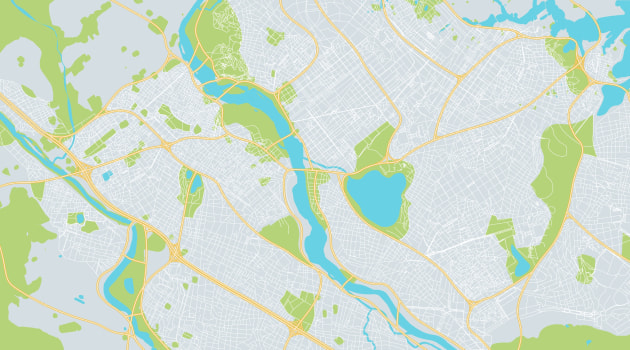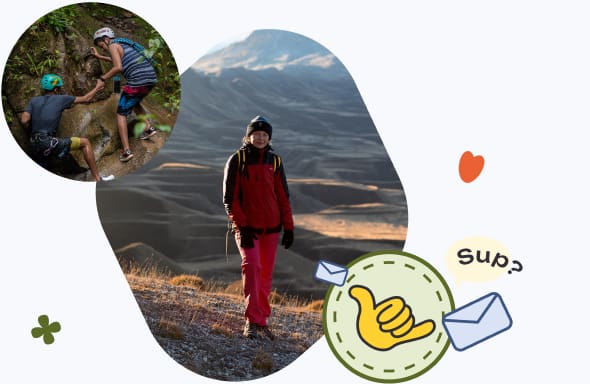The ideal times to trek in the Annapurna Region are during autumn (September-November) and spring (March-May). While the region is stunning year-round, these seasons offer the most picturesque views. Certain areas, such as Upper Mustang, Muktinath, Kagbeni, and Jomsom, can be visited at any time of the year. Autumn and spring provide the best weather conditions for trekking and spectacular scenery, although trails can become crowded during peak tourist times. For those looking to avoid the crowds and fully enjoy the trails, winter (December-February) trekking is an option with the right clothing and gear. Summer or monsoon trekking can also reveal the region’s breathtaking beauty and flora, though rain may impact the trails.
Autumn
Autumn offers the most favorable trekking weather with warm, dry conditions from September to November. This season is also marked by numerous festivals, enhancing the trekking experience in Nepal. The autumn months provide excellent opportunities for capturing stunning photographs of the Annapurna Region.
Spring
Spring is considered one of the best times for trekking and mountain climbing in Nepal, occurring from March to May. Trekking in the Annapurna Region during this season can be a magical experience, with vibrant wildflowers and forests adorned with rhododendrons. The mountains appear breathtaking, and temperatures are warm and moderate. Expect to encounter many fellow trekkers during this popular season.
Summer
Summer, spanning June to August, is not a favored time for trekking in the Annapurna Region due to the monsoon rains that lead to wet conditions and higher temperatures. Although it gets cooler at higher altitudes, heavy rainfall and mudslides can disrupt trails. However, areas in the rain-shadow region, such as Upper Mustang, Jomsom, and Muktinath, remain accessible year-round. For those seeking adventure and challenge, summer can be an exciting time to explore the Annapurna Region, offering unique views and vibrant natural scenery.
Winter
Winter in Nepal lasts from December to February. Due to freezing temperatures and snow closure of some high passes, this season is generally not recommended for trekking in the Annapurna Region. Nonetheless, if you prefer quieter trails with fewer trekkers, winter trekking is possible with adequate gear. Despite the challenges, winter provides incredible views of snow-covered mountains.














































